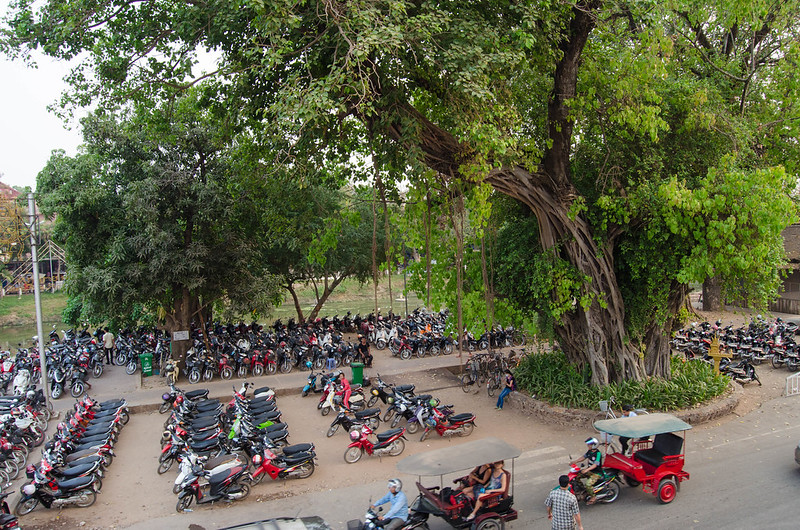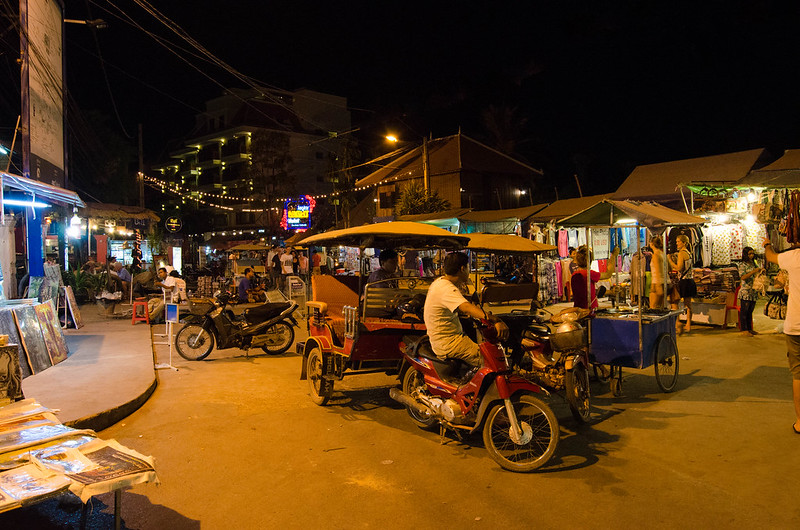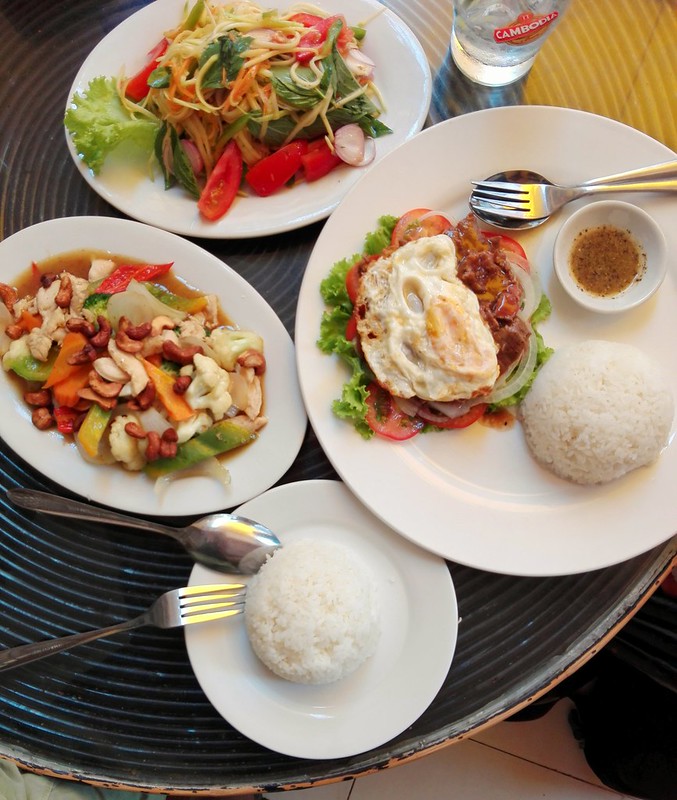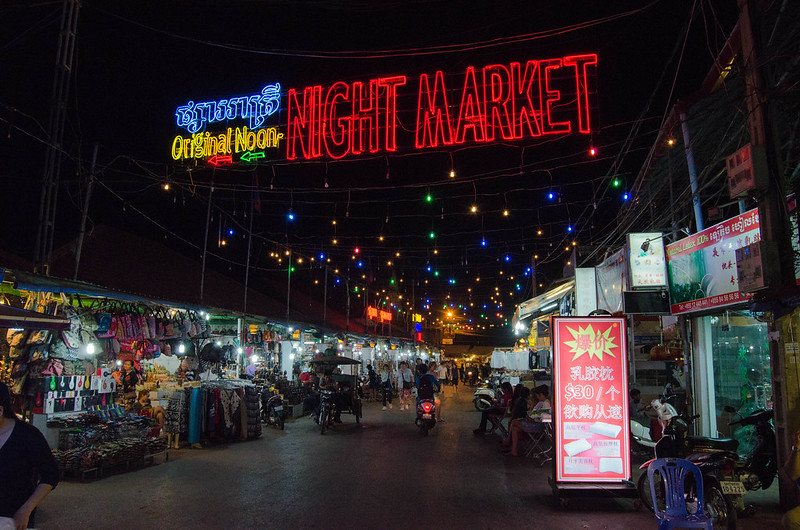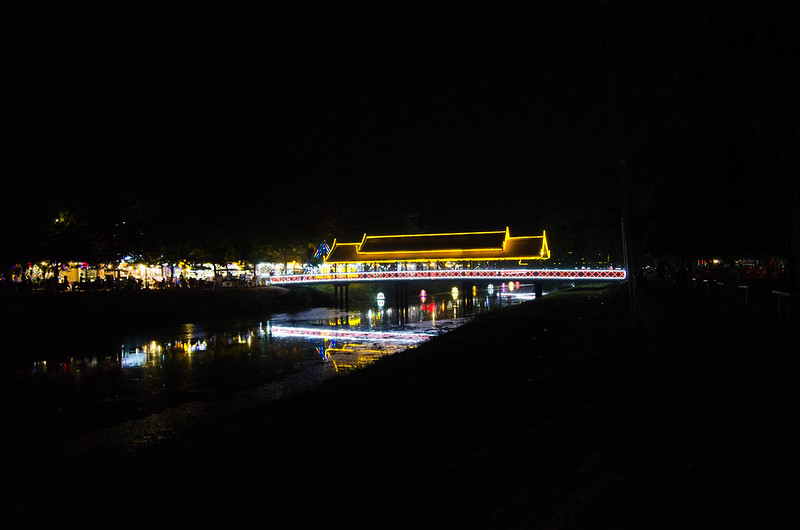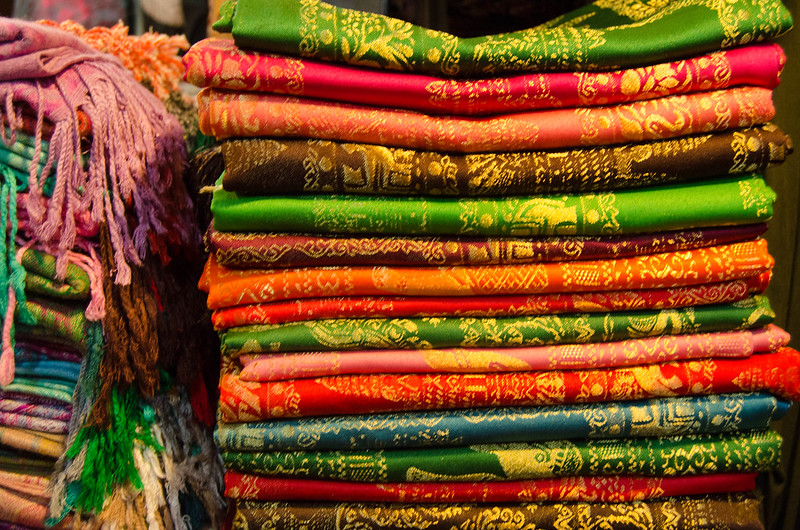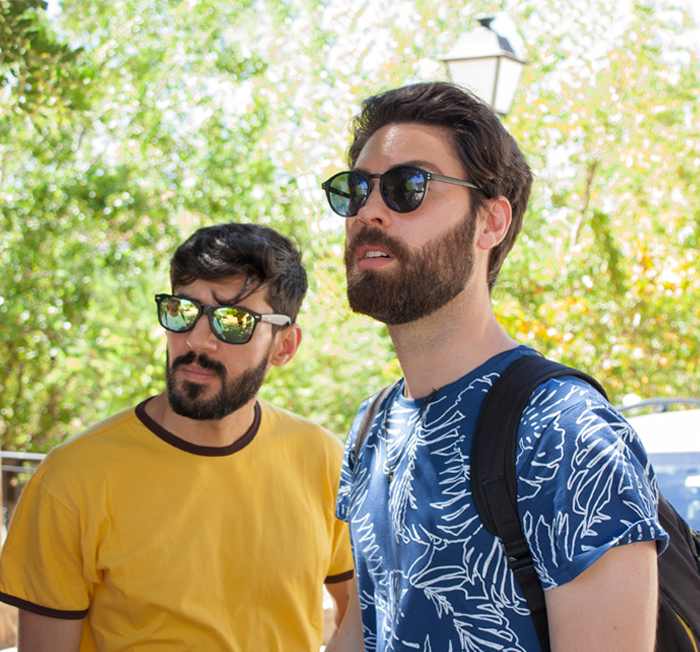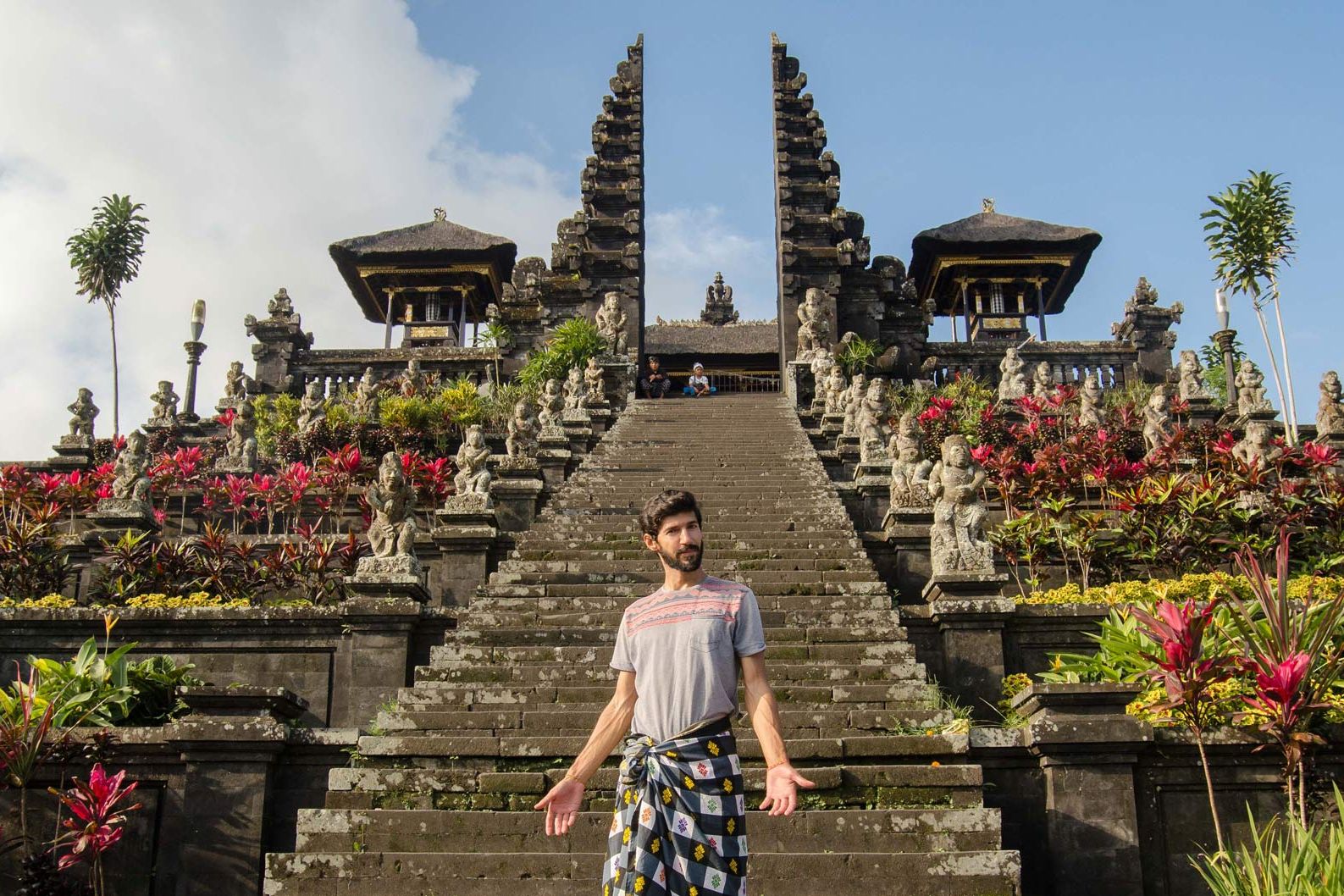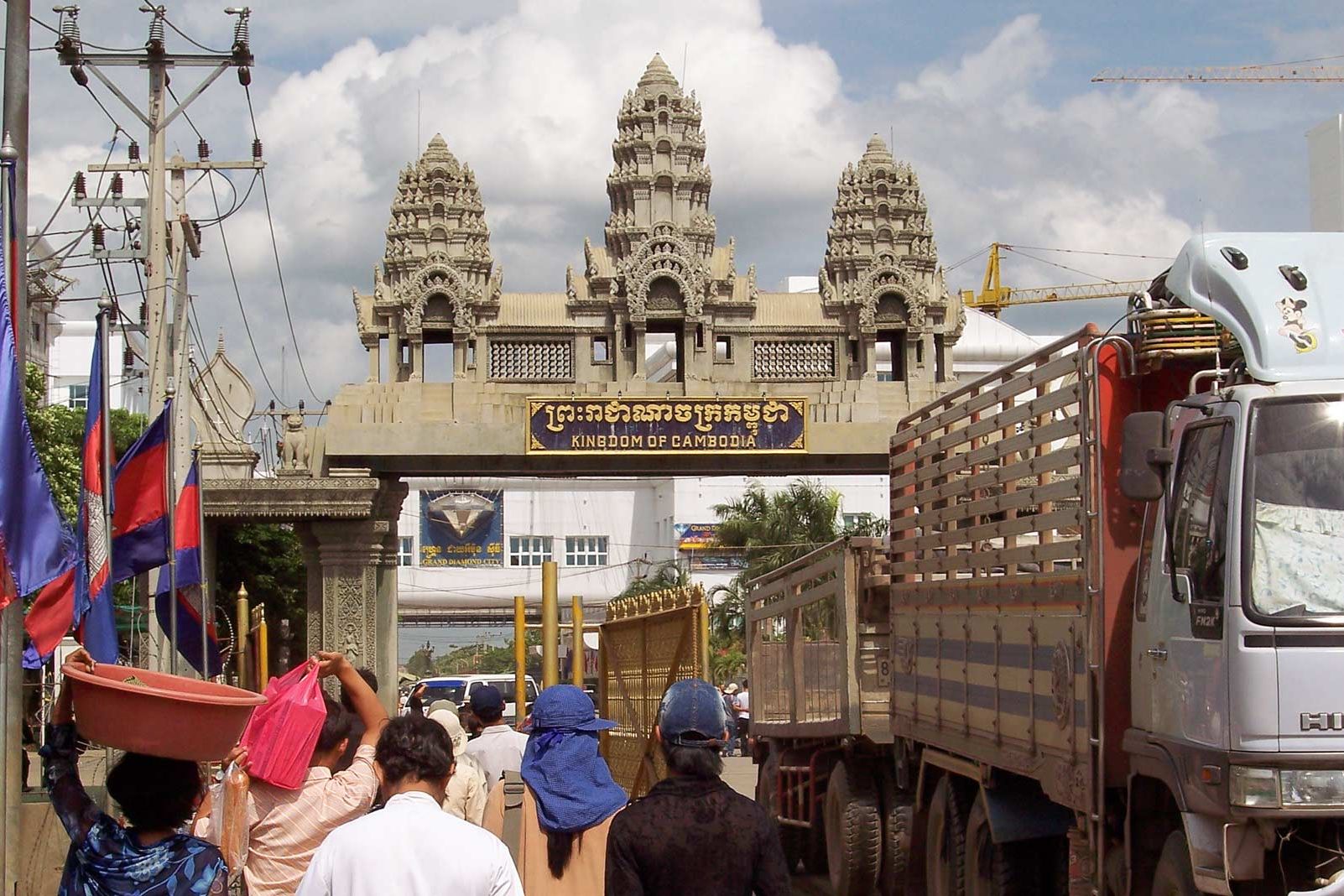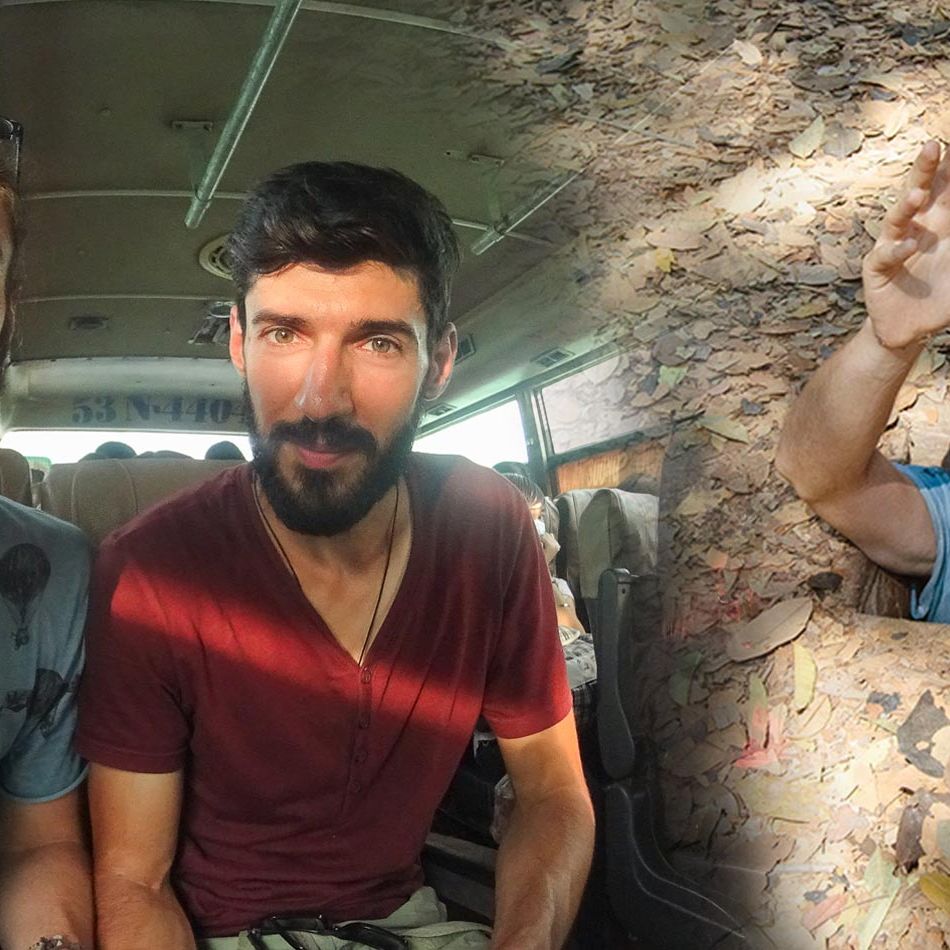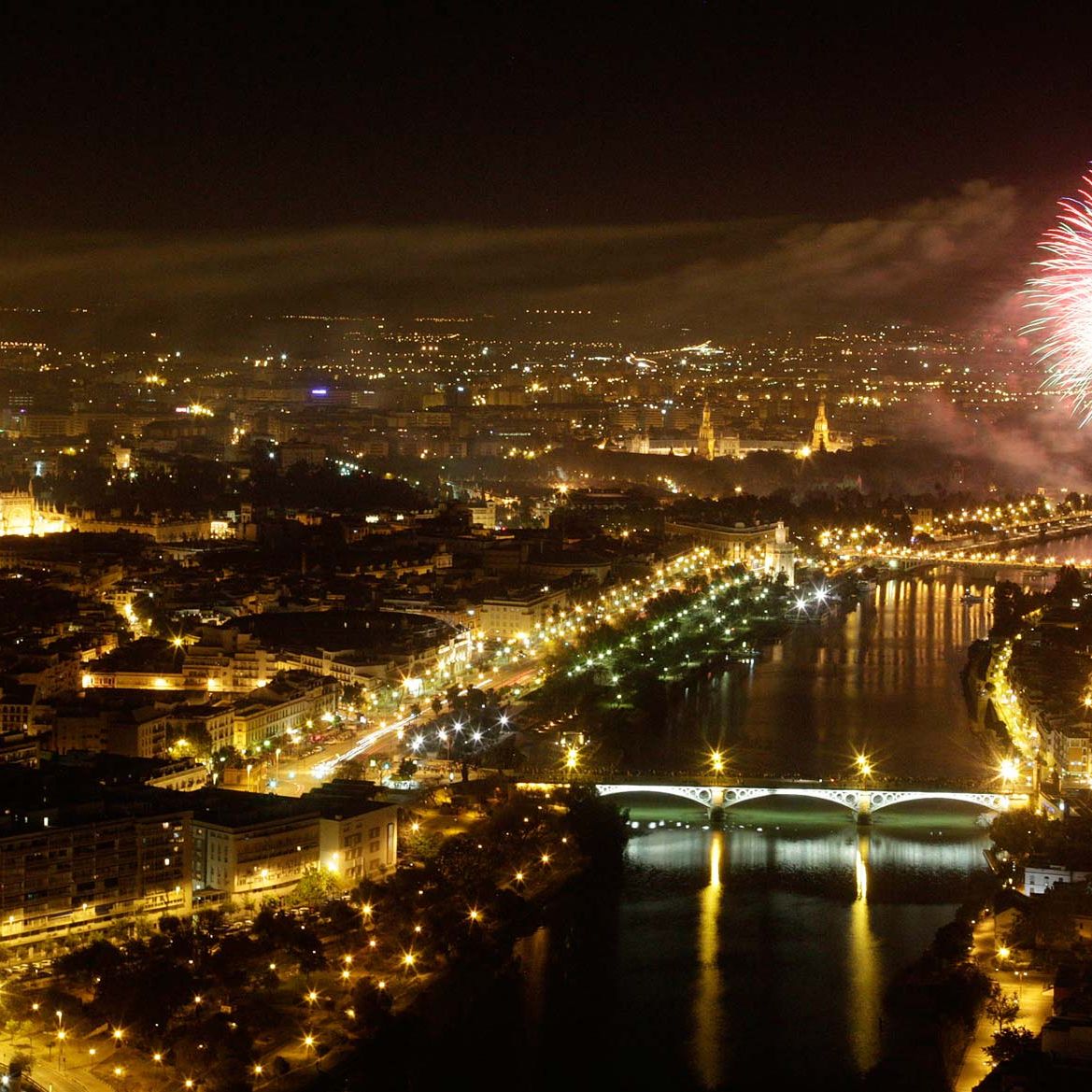After the whole border situation entering Cambodia, we arrived in Siem Reap hesitant about the days to come. You can read the whole story here → Crossing the Infamous Poipet Border in Cambodia.
Siem Reap is a “small city” that rapidly grew and adapted to the massive tourist influx at the expense of the Angkor Temples. A river also called ‘Siem Reap’ divides the city in two. In the Royal Gardens, you can rest and escape from the afternoon heat under the old trees. Here’s where locals come to relax on the benches, socialize and play jianzi.
The sunlight has a magical deep orange hue and the city seems to be calmer around this area. There aren’t many people in sight, only a few local passerbyers, and businesses seem to be slow as most tourists are hiding from the heat or visiting the Angkor temples.
At the beginning and end of each day, an amusing anarchy in traffic starts. Cars, tuk-tuks, and minibusses packed with tourists come and go to the temples. Scooters and bicycles run wherever as fast as they can. Sidewalks are parking spots and pedestrians are forced to walk on the road — it’s every man for themselves.
Breathe in, breathe out
In Siem Reap, tuk-tuk drivers are next-level annoying. All they want is to take you on a tour of the temples or sell you some cocaine — both preferably. They’ll be parked on random streets, and outside every restaurant, hotel, and coffee shop waiting for tourists.
At the moment they see you asking for the bill in a restaurant, they’ll start touting. They will shout, whistle, clap, and hiss to get your attention. It’s intense. Breathe in, say ‘thank you’ and keep moving.
Tasting the gravy
Khmer food is amazing, and Cambodians are like wizards of pepper: amouk is great, Lok Lak even better. The spicy mango salads and the pork with pineapple are to die for.
Try all of the above with a fruit smoothie, any fruit smoothie.
We had the majority of our meals in a great restaurant called Moul Chheng Heang, near our hostel. The food was delicious and so were the prices, but what made us return every night, was the lovely enthusiastic lady running the restaurant.
She finished every sentence with:
– Yeah, yeah!
And lovingly made us promise we’ll return the next day.
– See you tomorrow. Ok?!
– Ok.
– Yeah, yeah!
Tip: The average street food costs 2,5USD. In restaurants near Pub Street meals start at 7 or 12USD. In most supermarkets, water is more expensive than in restaurants.
A dolla’ makes them holla’!
It’s weird to see an entire country on the other side of the world running on dollar bills.
Throughout Cambodia, you’ll need US dollars for everything: food, hotels, entrance fees, and transportation. They don’t care for their currency, so if you try to pay anything in Rhiels, they’ll roll their eyes at you.
Oh! And you better keep the dollar bills in pristine condition or they won’t take them.
The problem with the dollar bills is that everything got more expensive. There aren’t any nuances in prices and everything got rounded up to 1USD, 5USD, or 10USD.
Banks will give you dollar bills by default when you use any ATM, and the average fee is 4USD for each withdrawal.
A tip for European travelers: even though there’s a money-saving tip on Lonely Planet about Canadia Bank not charging any fees, it doesn’t work for European debit or credit cards.
Pub Street at night
Everyone comes here when the sun goes down: locals, backpackers, and tourists of all ages come to eat, drink and shop around. The street is filled with restaurants, massage parlors, coffee shops, and bars. And there’s always a happy hour somewhere.
Color is everywhere: in the neon lights of the bars, the tropical fruit in smoothie carts, the brightly lit bridges, and in the night markets on both sides of the river — Old market, Angkor market, and Night market.
Interacting with locals in Siem Reap
Unfortunately, every conversation that occurred was intended to make a sale and was definitely not in our best interest. As tourists, we got singled out and only treated as such. Locals couldn’t care less about your presence, so conversations never happened.
Siem Reap travel expenses (daily average for 1 person)
Water: 0.28€
Accommodation: 14.20€
Bicycle: 2.66€
Meals: 3,10€
Laundry: 0.87€ per kilo
If you have any questions or some extra info to share, please leave a reply. Thank you!
RELATED POSTS
January 21, 2021
Travel Etiquette: Good tourists vs Bad tourists
Tourism can be of great social, cultural, and economic value to everybody involved — the visitor and the visited. And a big part…


